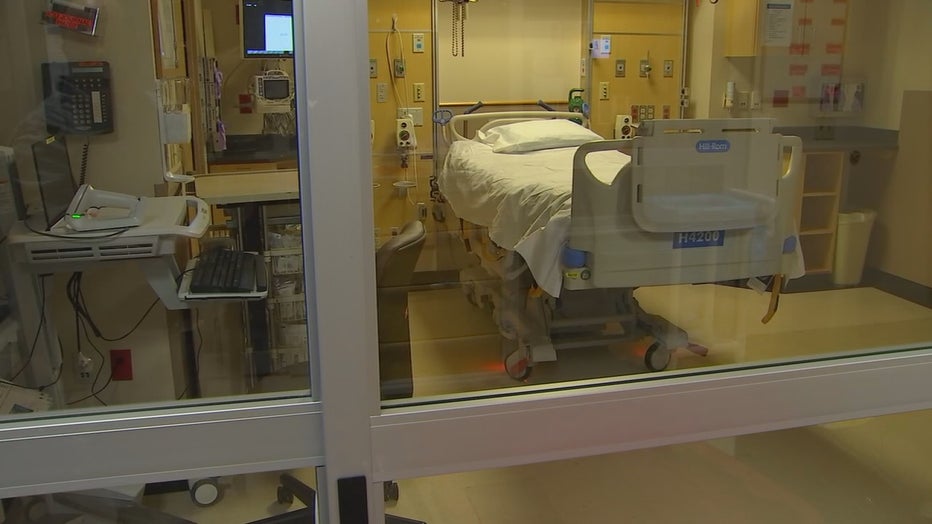Worried about COVID-19, stroke patients may delay getting help

The coronavirus and stroke patients
Worried about COVID-19, stroke patients may delay emergency care
ATLANTA - Amid the pandemic, doctors and nurses in hospital emergency departments are asking the same questions.
Where are all the patients?
In Metro Atlanta and around the US, hospital emergency departments are seeing a drop in non-COVID-19 patients, coming in with stroke and heart attack symptoms.
Instead of coming in, Emory neurologist Dr. Fadi Nahab says some patients are calling in.
“They’ll say, ‘I think I’m having a stroke, with these symptoms. But I’m afraid to go to the emergency room, what should I do?’ And, the answer we’re giving them, rapidly, is, ‘You need to call 911.’”
Dr. Nahab, Medical Director of Emory University Hospital’s Stroke Program, says people are forgoing critical stroke care because they are concerned about getting exposed to this new coronavirus in the ER.
“So, we think that patients who are having milder stroke symptoms, or TIAs, which are described as mini-strokes, are actually choosing to stay at home," Nahab says.
That, he says, is risky.

“When it comes to stroke, it doesn’t take long for brain tissue, that is struggling for blood flow, to die,” Dr. Nahab says.
There are treatments that can stop a stroke, but they have to be given quickly, he says.
“If somebody chooses to come in 2, 3, 7 days out, after their stroke, it’s going to be likely too late to minimize their disability,” Nahab says.
At Emory, Dr. Nahab says, the emergency staff is practicing strict infection control, separating COVID-19 patients from other patients, and wearing personal protective equipment designed to stop the spread of the virus.
Nahab says he recently took part in a COVID-19 webinar sponsored by the American Heart Association and American Stroke Association.
He said colleagues on the call said stroke patients are not the only ones delaying emergency care; heart attack patients are also staying home.
Once this wave of COVID-19 infections is behind us, Dr. Nahab predicts, we may get a better count of just how many heart attacks and strokes went undiagnosed during the pandemic.
He is encouraging patients experiencing stroke or heart attack symptoms not to put off getting care until the damage is done.
“We’re more than happy to see patients, and help take care of them one week, one month, one year after their stroke,” Nahab says. “But our opportunities for limiting disability from their stroke significantly drop.”
To remember the symptoms of stroke, Dr. Nahab says, think of the acronym FAST:
- F for facial drooping
- A for arm weakness
- S for speech problems
- T for time to call 9-1-1

